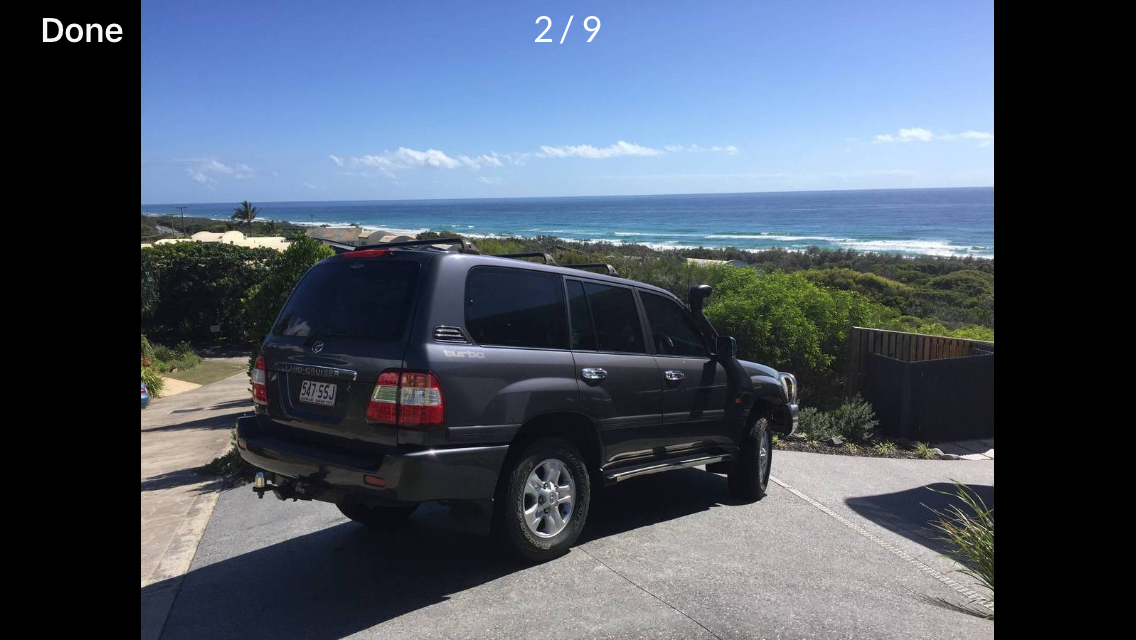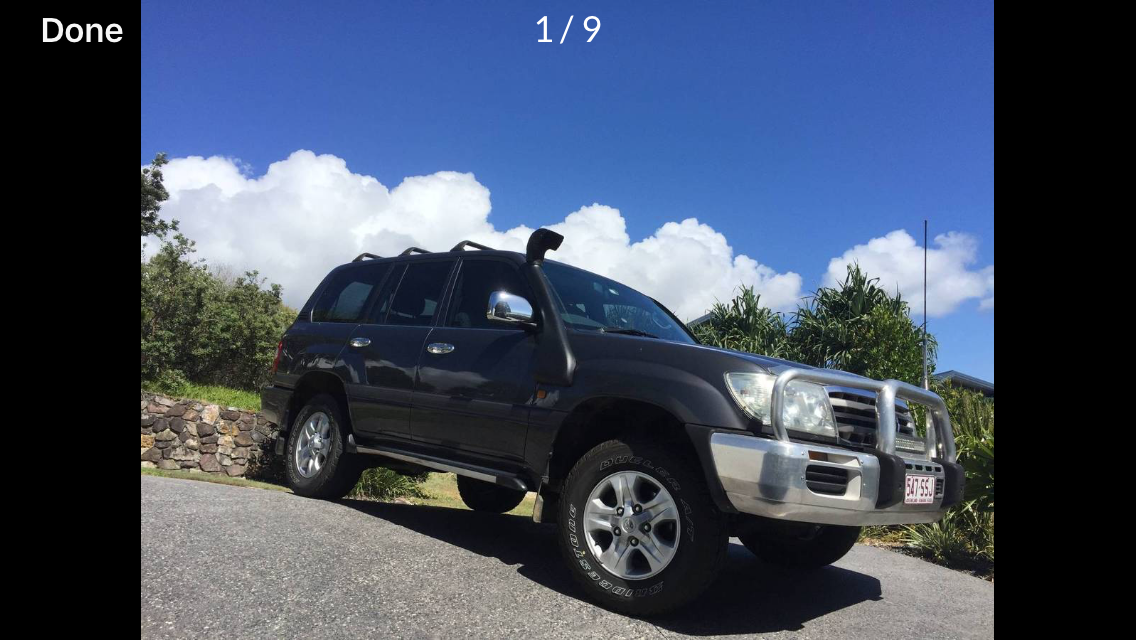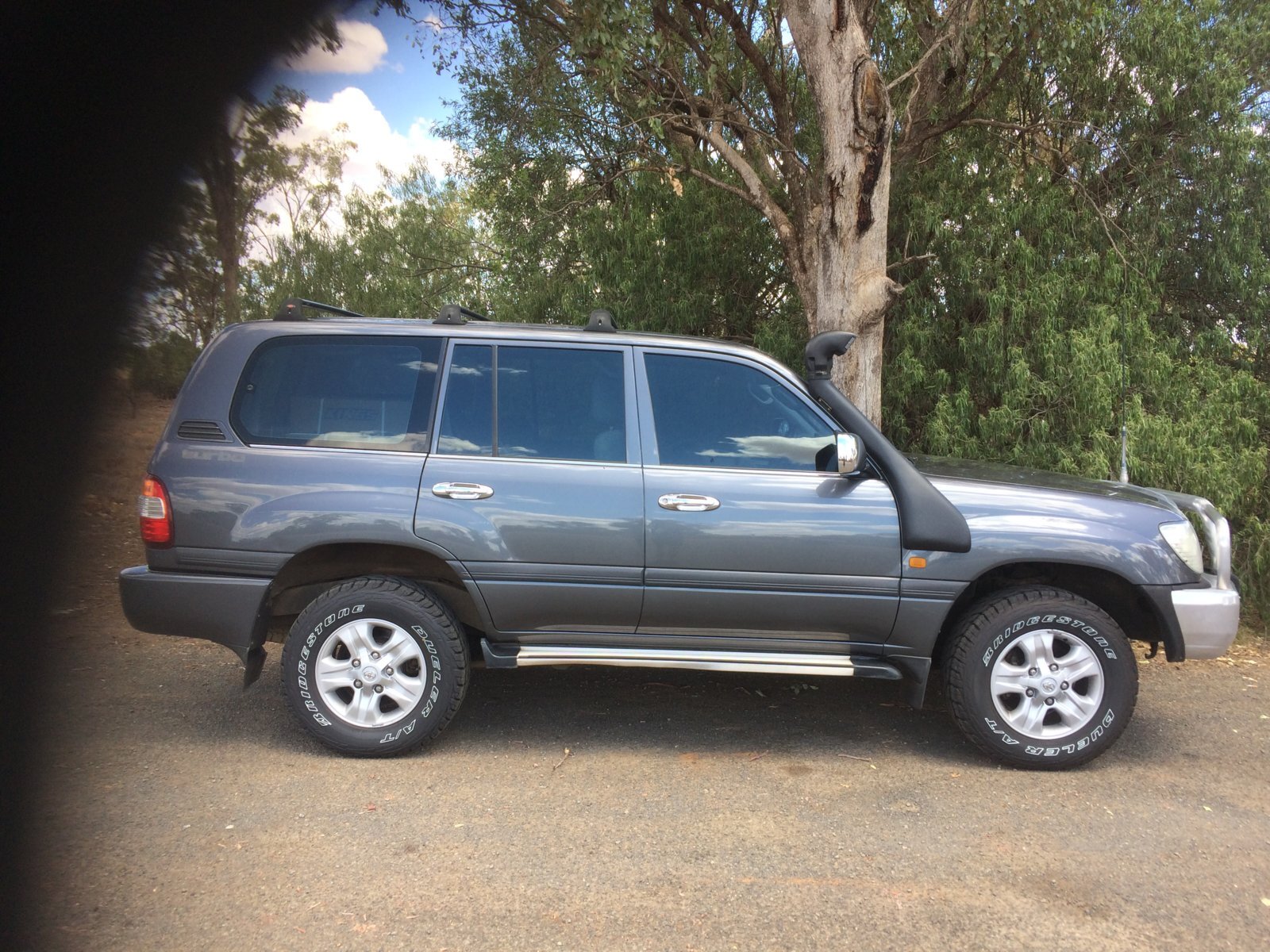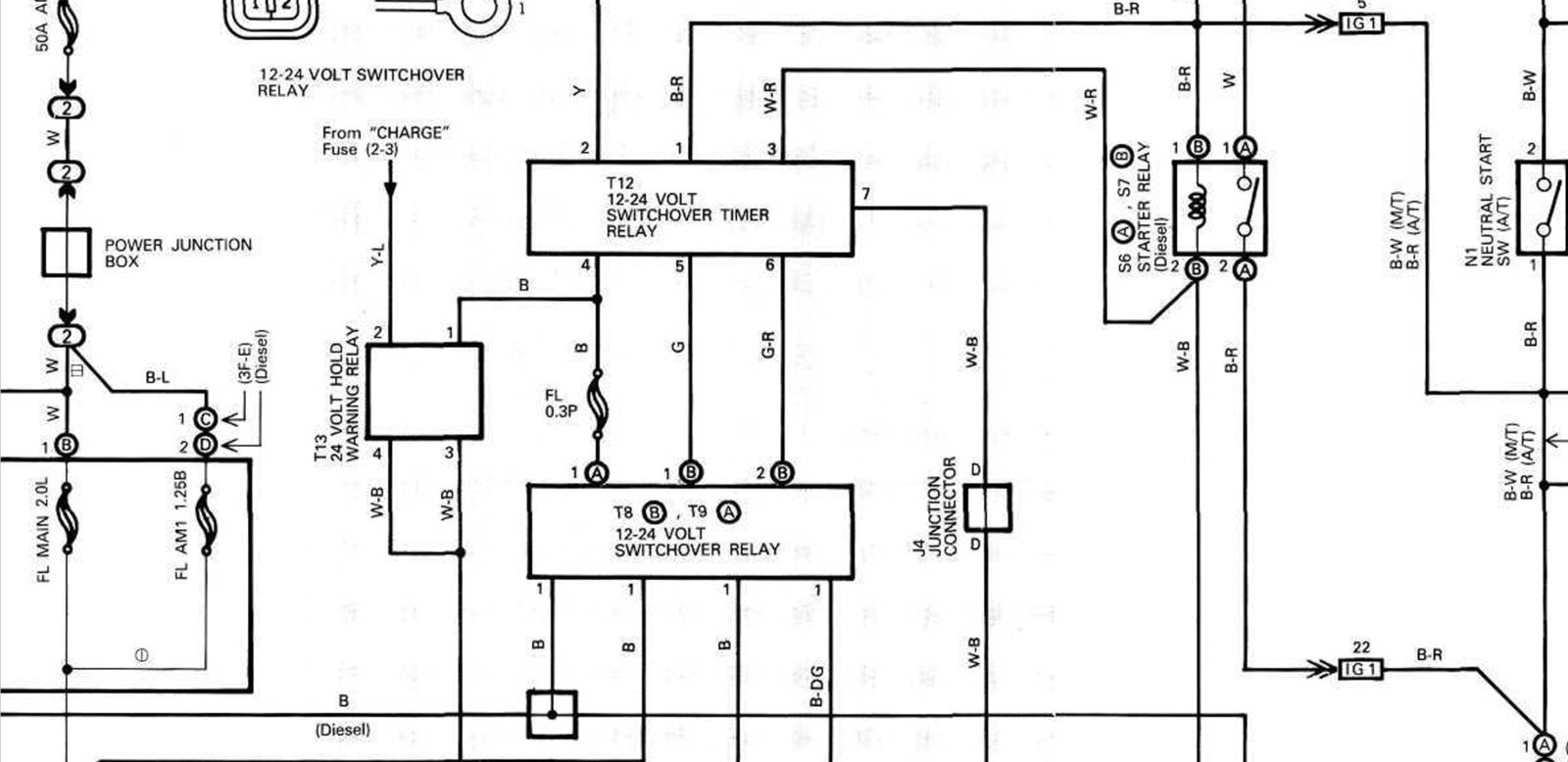Hi All
I have a 2006 100 series 4.2 TD. It has two batteries which both seem to be used for crank as well as all electrical. Battery on drivers side seems to be connected straight to alternator and a couple other small accessories, while the other battery connected to all fuses and other electrical. The Positives between both batteries are linked with a heavy cable. My queries are
Does the vehicle require both to start? Can I make one an auxiliary battery?
With both Batteries connected, if one dies, what will prevent it from draining/damaging the other?
My Batteries are both Amaron Pro 775 CCA 95 AH. If I need to go a third battery for a fridge/etc what would people recommend. I would be looking at putting a redarc or DC-DC charger between 2nd and 3rd battery?
Thanks in advance
I have a 2006 100 series 4.2 TD. It has two batteries which both seem to be used for crank as well as all electrical. Battery on drivers side seems to be connected straight to alternator and a couple other small accessories, while the other battery connected to all fuses and other electrical. The Positives between both batteries are linked with a heavy cable. My queries are
Does the vehicle require both to start? Can I make one an auxiliary battery?
With both Batteries connected, if one dies, what will prevent it from draining/damaging the other?
My Batteries are both Amaron Pro 775 CCA 95 AH. If I need to go a third battery for a fridge/etc what would people recommend. I would be looking at putting a redarc or DC-DC charger between 2nd and 3rd battery?
Thanks in advance










